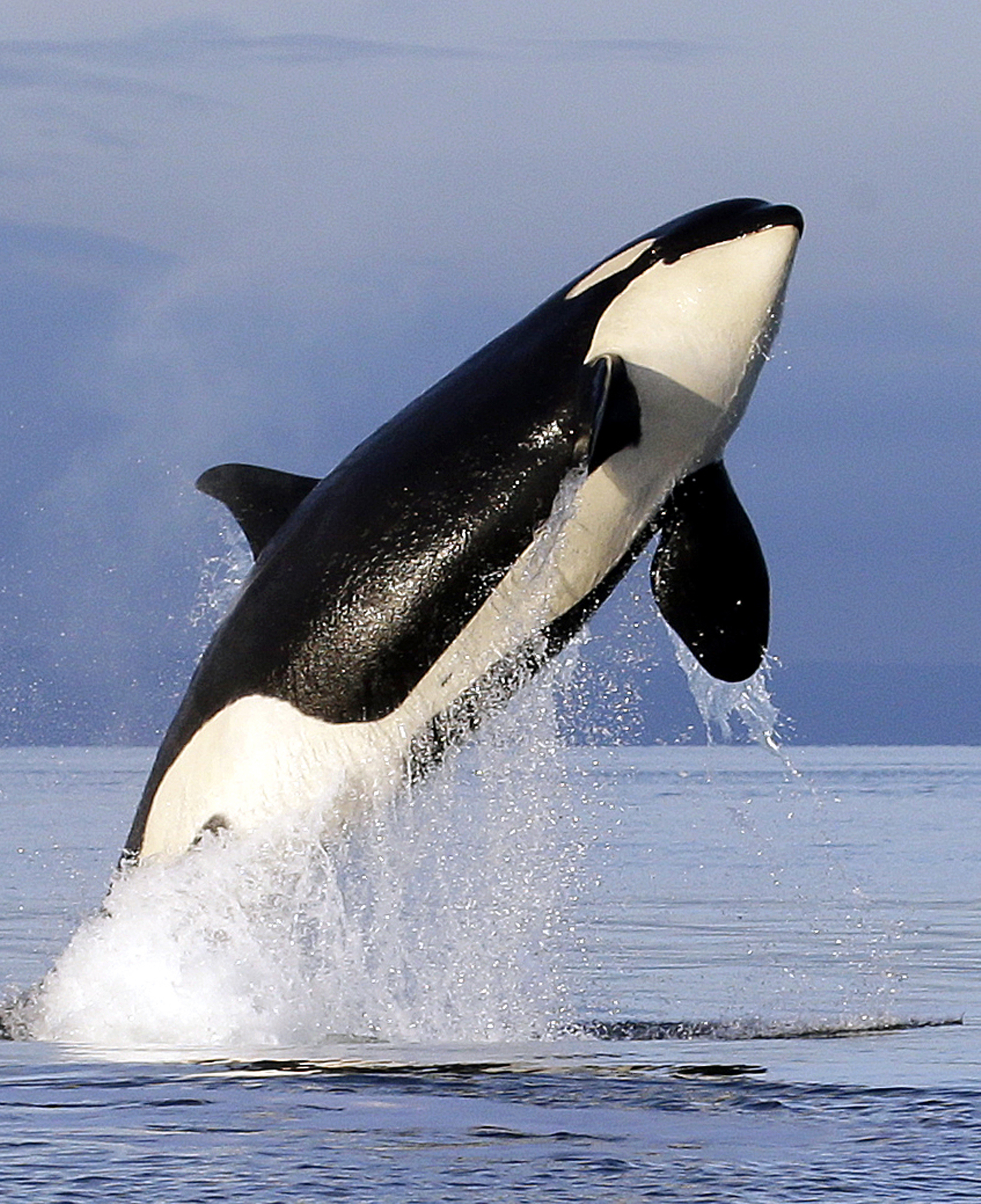
They can live as long as humans.įemales can live as long as 100 years in the wild, while males can live as long as 60 years.

There are several populations of orcas with specific traits, and it’s being debated whether these are subspecies or separate species. There might be more than one species of killer whale.Īlthough for a long time Orcas were considered one species, this is now being questioned. They’ve evolved a number of hunting tactics, as you can see in the incredible video below.ģ. They often work together, in pods of as many as 40 members, to hunt marine mammals much larger than themselves (including whales). While they’re not whales, they are killers and well known as extremely intelligent hunters. It’s thought that sailors who saw orcas hunting whales called them “whale killers” which changed into “killer whales” over time.

They are not ‘whales’!ĭespite the common misnomer of “killer whale”, they are in fact members of the Delphinidae family which are oceanic dolphins. Orcas are highly intelligent, can communicate, have complex hunting techniques and even culture. And then there are roving males, who never become part of a pod. Others form smaller transient groups which usually involves a mother and 2 offspring. They have complex social structures, some form pods composed mainly of matrilineal (descended from the mother) lines which will contain several generations of family members. They are apex predators, meaning they are at the top of the food chain, and they often hunt marine mammals (seals, sealions etc), fish and penguins. Orcas are aquatic mammals (cetaceans), so they are warm-blooded and breath air. While they are still currently categorised as one species, scientists are now beginning to recognise that there are multiple types of Orca, which are likely sub-species or even different species all together. In the wild, females can live to be 100 years old, while males can live as long as 60 years.įemales: 1,400-2,700kg, Males: 3,600-5,400kgįish, penguins and marine mammals (seals, sea lion and sometimes whales)Īs apex predators, they have no known natural predators. Ranging from the equator to the polar regions.

Most often in coastal waters but found in open waters as well. It’s thought they got the misnomer “Killer Whale” from sailors who saw them hunting whales. They inhabit most of the world’s oceans, ranging from the equator to the polar regions. Orcas (Orcinus orca), often called Killer Whales, are actually the worlds biggest dolphins and are members of the Delphinidae family which also includes species such as Bottlenose Dolphins and Pilot Whales.


 0 kommentar(er)
0 kommentar(er)
